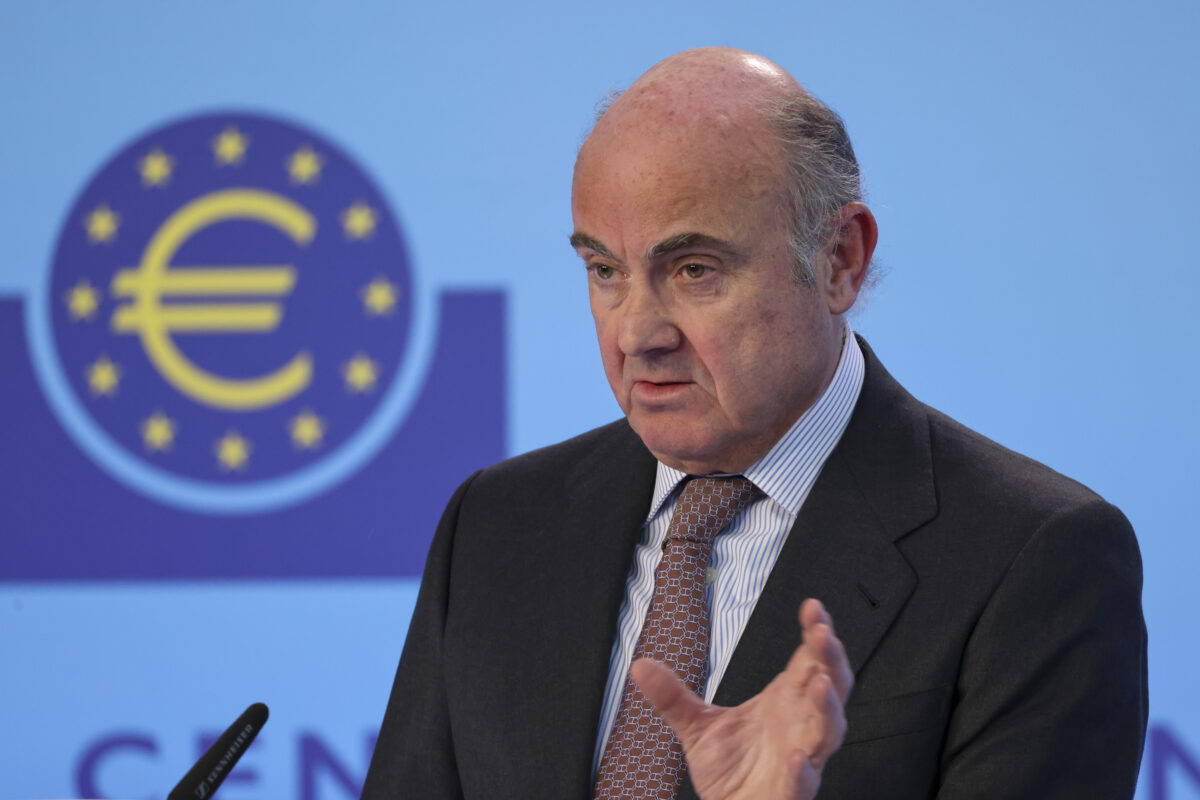Die Bank of England hat soeben mitgeteilt, dass sie sich mit 6 gegen 3 Stimmen im Notenbankrat dazu entschlossen hat den Leitzins von 1,00 Prozent auf 1,25 Prozent anzuheben. Die Minderheit im Notenbankrat wollte lieber um 0,50 auf 1,50 Prozent anheben. Pfund vs US-Dollar reagiert aktuell mit -80 Pips auf 1,2070. Hier der Erläuterungstext der Bank of England im Wortlaut:
In the MPC’s central projections in the May Monetary Policy Report, UK GDP growth was expected to slow sharply over the first half of the forecast period and, although the labour market was expected to tighten slightly further in the near term, the unemployment rate was projected to rise to 5½% in three years’ time. CPI inflation was expected to average slightly over 10% at its peak in 2022 Q4. Conditioned on the rising market-implied path for Bank Rate at that time and the MPC’s forecasting convention for future energy prices, CPI inflation was projected to fall to a little above the 2% target in two years’ time, largely reflecting the waning influence of external factors, and to be well below the target in three years, mainly reflecting weaker domestic pressures. The risks to the inflation projection were judged to be skewed to the upside at these points.
There has been relatively little news in global and domestic economic data since the May Report, although there have been significant movements in financial markets. UK-weighted global growth in 2022 Q2 appears to be broadly in line with expectations. Global inflationary pressures have remained elevated and oil prices have risen further. Equity markets have ended the period lower, while short and longer-term government bond yields have continued to rise.
UK GDP was weaker than expected in April, partly reflecting a further decline in Test and Trace activity. Bank staff now expect GDP to fall by 0.3% in the second quarter as a whole, weaker than anticipated at the time of the May Report. Consumer confidence has fallen further, but other indicators of household spending appear to have held up. Some indicators of business sentiment have weakened, although they have so far remained more resilient than indicators of consumer confidence and consistent with positive underlying GDP growth.
In the three months to April, the unemployment rate was 3.8% and employment grew by 0.5%. The inactivity rate has declined a little over recent months but is still higher than immediately before the pandemic. Recruitment difficulties have remained elevated and labour demand has remained strong. Underlying nominal earnings growth has also remained strong, and the Bank’s Agents report that bonus payments have been used to address recruitment and retention difficulties. All of these indicators remain consistent with a tight labour market.
Initial Bank staff analysis of the Government’s recent Cost of Living Support package suggests that, all else equal, it could boost GDP by around 0.3% and raise CPI inflation by 0.1 percentage points in the first year, with some upside risks around these estimates given the targeted and front-loaded nature of some of the measures.
Twelve-month CPI inflation rose from 7.0% in March to 9.0% in April, close to expectations at the time of the May Report, and triggering the exchange of open letters between the Governor and the Chancellor of the Exchequer that is being published alongside this monetary policy announcement. Inflation’s overshoot of the 2% target mainly reflects previous large increases in global energy and other tradable goods prices. The former has been greatly exacerbated by the war in Ukraine, which has also raised significantly the wholesale price of many agricultural commodities. The latter mainly reflects the impact of the pandemic, which shifted demand towards goods but also impaired and disrupted supply chains.
However, not all of the excess inflation can be attributed to global events. There has also been a role for interactions with domestic factors, including the tight labour market and the pricing strategies of firms. Consumer services price inflation, which is more influenced by domestic costs than goods price inflation, has strengthened in recent months. In addition, core consumer goods price inflation is higher in the United Kingdom than in the euro area and in the United States.
CPI inflation is expected to be over 9% during the next few months and to rise to slightly above 11% in October. The increase in October reflects higher projected household energy prices following a prospective additional large increase in the Ofgem price cap.
In the MPC’s latest forecasts in May, upward pressure on CPI inflation was expected to dissipate over time. In the main, this reflected the stabilisation of the prices of commodities, albeit at elevated levels, and other tradable goods. It also reflected the combined impact of weaker real incomes and tighter monetary policy on domestic demand. Monetary policy is also acting to ensure that longer-term inflation expectations are anchored at the 2% target.
The MPC’s remit is clear that the inflation target applies at all times, reflecting the primacy of price stability in the UK monetary policy framework. The framework also recognises that there will be occasions when inflation will depart from the target as a result of shocks and disturbances. The economy has recently been subject to a succession of very large shocks. Monetary policy will ensure that, as the adjustment to these shocks occurs, CPI inflation will return to the 2% target sustainably in the medium term, while minimising undesirable volatility in output.
In view of continuing signs of robust cost and price pressures, including the current tightness of the labour market, and the risk that those pressures become more persistent, the Committee voted to increase Bank Rate by 0.25 percentage points, to 1.25%, at this meeting.
The MPC will take the actions necessary to return inflation to the 2% target sustainably in the medium term, in line with its remit. The scale, pace and timing of any further increases in Bank Rate will reflect the Committee’s assessment of the economic outlook and inflationary pressures. The Committee will be particularly alert to indications of more persistent inflationary pressures, and will if necessary act forcefully in response.
Kommentare lesen und schreiben, hier klicken














Pingback: Aktuelles vom 17.06.2022 | das-bewegt-die-welt.de